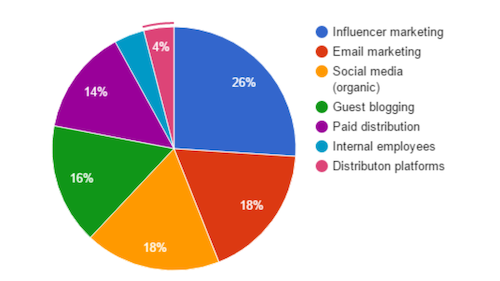By: Sharon A.M. MacLean

Part 1 in a Series of 4
In the age of pandemics, we're seeing an upsurge of influencers, virtual conferences, and gamification. These three marketing methods are gaining traction in support of a business strategy to attract an audience to your mission.
--
It's the new normal.
The arrival of COVID-19 turned content marketing into an essential marketing powerhouse for every industry. Business needed ways to keep connecting with loyal customers. And to find new ones which meant moving online to survive. Yet, digital marketing is very different from the days when promotions were pushed out everywhere. Aggressive call-to-action statements were not appreciated by everyone.
Or being talked at like this: “Buy now!” Consumer values changed, so high-pressure approaches became a turn-off. Content marketing is designed to attract an audience to your business. This means you need an ongoing supply of content such as blogs, videos, and social media to serve consumers as well as the search engines.
In the age of pandemics, we're also seeing the upsurge of influencers, virtual meetings, and gamification.
The key is that content and content marketing supports your business goals through a digital marketing strategy. Think of it as the hub, with the elements of your marketing plan being the spokes.
Here’s how the Content Marketing Institute distinguishes between the two game plans: Content Is NOT the Same as Content Marketing.
“Content marketing is a strategic marketing approach focused on creating and distributing valuable, relevant, and consistent content to attract and retain a clearly-defined audience — and, ultimately, to drive profitable customer action.”
Also:
- Content marketing creates a more knowledgeable customer. Product pitches often focus on sales.
- Content marketing builds relationships. Product pitches answer questions at one moment in time.
- Content marketing helps people feel smart. Product pitches check a box on their to-do lists.
- Content marketing is an investment that reaps long-term rewards. Product pitches are short-lived.
The Need for a Cohesive Strategy
Skipping from one to another wastes time and adds stress
Confusion also reigns - inside and outside the company - when game plans keep changing to grow your business. Commerce becomes even more uncertain during a pandemic when cash flow and survival becomes the priority. We observed massive misunderstandings when social media networks were flooded during COVID-19. Sadly, not all newcomers were trained in online marketing making their efforts timewasters.
It became clear that messaging differed when it came to sales vs HR vs customer services vs demand generation. Here's a good place to start when building a strategy. List all existing and previous methods of marketing within context of how these intangible assets support the goals of the business.
Such an analysis often reveals how marketing activities vary dramatically across channels for products and services, regions, and functional areas.
4 Steps to Build Your Digital Marketing Hub
Step Number 1: Answer These Questions
1. Who do you need to reach with your content? Try limiting your audiences to 5 different *Buyer Personas.
2. How does each Persona benefit from consuming your content?
3. What are the questions that your clients and customers frequently ask when you're developing topics to address?
You’ll uncover the answers to these questions – and plenty of others – through the process of developing your content marketing strategy.







